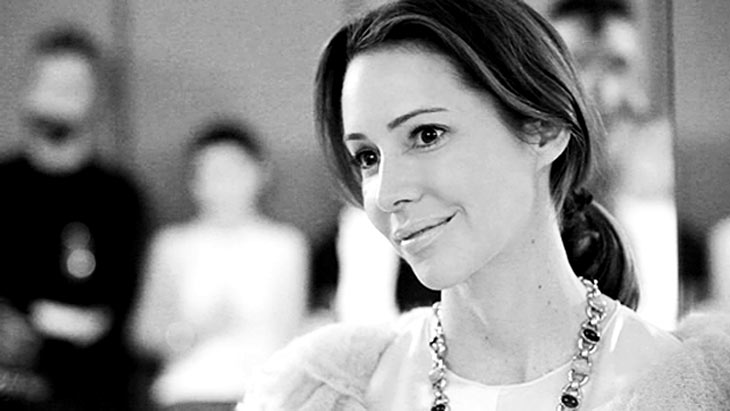
- Dr. Samantha Boardman shares her advice on how to get the most out of the mother-child bond — plus, the science to back it up.
Mother’s Day is a great reminder to value our connections to one another. Science shows that close friends and family are critical for well-being. It’s worth taking the time to nurture these meaningful relationships no matter how hectic and busy our lives get. Here are a few suggestions to enhance the quality of any relationship, especially the sacred bond between mother and child.
The 3:1 Ratio
According to psychologist Barbara Fredrickson, the “Positivity Ratio” refers to her well-documented research about the critical ratio of positive to negative emotions necessary for thriving individuals and relationships. This is particularly important for how we communicate with one another. For example, couples whose conversations are shown to have a 1:1 ratio of positive to negative statements may be heading for divorce. Parents need to keep this in mind when speaking to their children. It’s tempting to fixate on what children are doing wrong but be on alert for the things they are doing right and recognize it. It will enhance your relationship.
Be Present
Avoid multitasking when you spend time with your kids. Research shows that the mere presence of a cellphone negatively impacts the quality of a conversation. Take time to really listen to what they are telling you — it’s as important as what they aren’t.
Active Constructive Responding
Studies show that how we respond to good news can either build a relationship or undermine it. When your child tells you about something good that happened, go out of your way to respond actively and constructively. Ask them about the details, engage with them and savor the moment. Show them that you care about the things that they care about. When it’s bad news be present. Practice the art of listening rather than jumping to conclusions or judging.
Spend Time Side by Side
Conversation sometimes flows best when the focus is on something other than the conversation. It’s one of the reasons I enjoy walking with friends and why some of the best conversations I have with my husband are in the car. If you have a teenager, driving can be a great way to spend time together, too. It’s an opportunity to be together in a casual way and feel in sync. I often wonder why therapy takes place in an office. The idea is not to be distracted — the irony is that distraction often enhances conversation.
When my daughter turned four, I got rid of her stroller. Instead of zipping her around the streets of New York in her Bugaboo, I learned to walk at a four year old’s pace. I usually walk very quickly, so quickly in fact that my friends often break into a jog to keep up. Meandering was a foreign concept, but it didn’t take long to recognize the value of our strolls. That very first day, we walked hand in hand singing songs, listening to the birds, admiring the sky and talking about all sorts of things. “That was so much fun,” she said. “Let’s skip home together next time.” We were both covered in glitter dust.
Opportunities for love abound. It is up to you to nourish yourself with them.
Samantha Boardman MD
Clinical Instructor in Psychiatry and Public Health
Assistant Attending Psychiatrist
Weill Cornell Medical College
